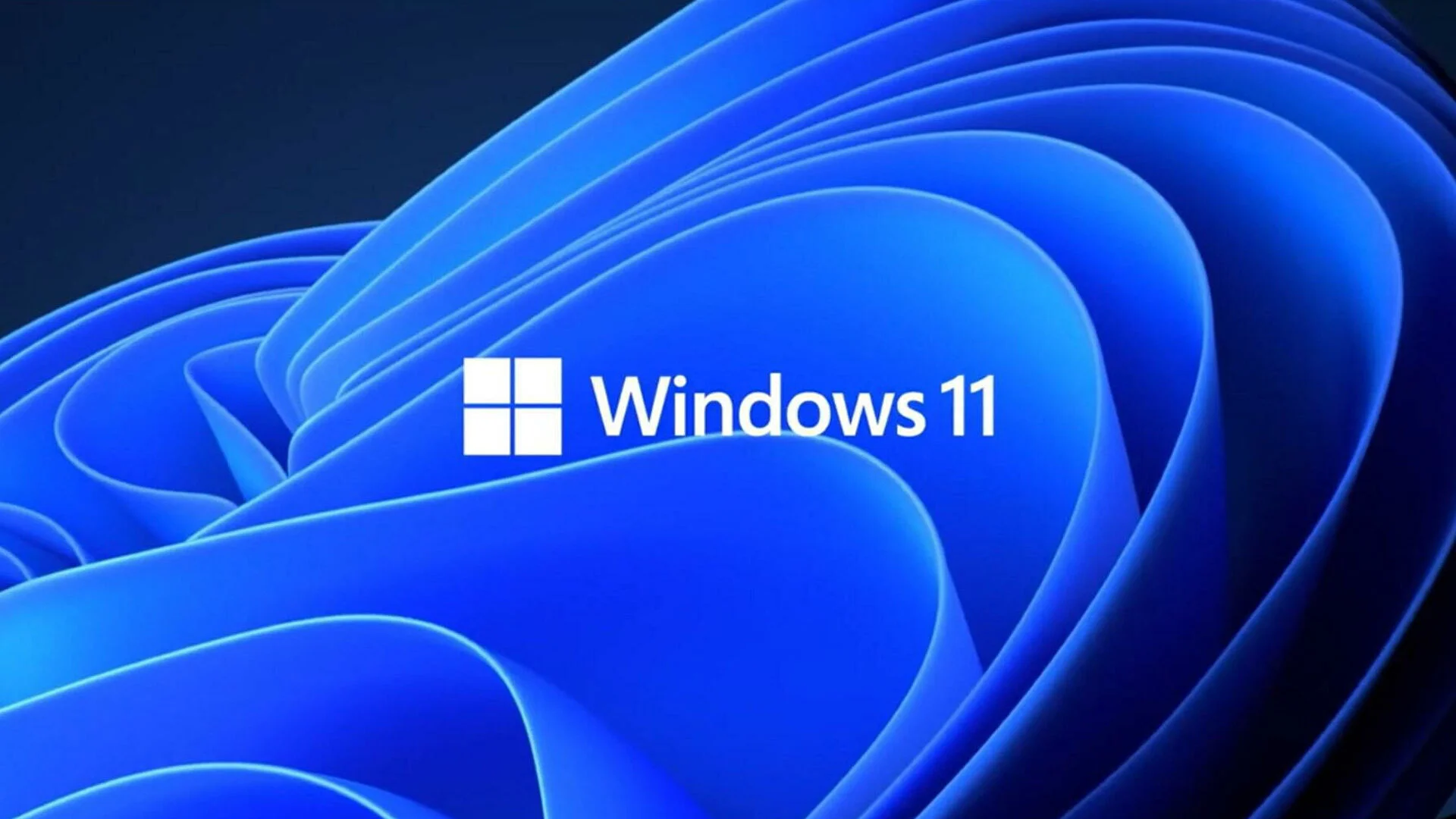A Bristol hospital breaks new ground in the fight against Parkinson’s. The center has conducted initial tests of a new device for deep brain stimulation (DBS) therapy. It is a miniature version of the existing devices that are only used by 5% of Parkinson’s patients today. Although the implant is not capable of curing it, it does help combat some of the effects of this disease.
A short Passed.
Despite everything, the progress described has great advantages. Until now, DBS required a dual implant: on the one hand, the electrode located in the brain responsible for stimulating the affected areas and resisting involuntary brain impulses; in the other, a pacemaker implanted in the patient’s chest. The devices were connected by cables along the neck.
The new implant miniaturizes the system and makes it possible to “place” the patient in the same skull. This has one notable advantage: it halves the operative time required to implant the device.
Not for all patients.
Neurologist Alan Whone, one of the people responsible for the study, explains to the BBC that DBS treatment is not suitable for all Parkinson’s patients, but is aimed at the youngest, those who are better able to cope with neurosurgery and who have not yet suffered. loss of memory.
What are the effects of Parkinson’s disease on the brain?
Parkinson’s disease is a progressively affecting disease that goes beyond the symptom with which it is often associated, the tremor. The disease occurs when the neurons responsible for producing dopamine lose their ability to do so. Dopamine is a neurotransmitter, a molecule responsible for transmitting information between neurons, and is involved in a wide variety of processes, including our ability to move.
Therefore, Parkinson’s is a disease that mainly affects this range of motion, thus causing not only tremors but also paralysis and loss of balance and coordination. But its symptoms can also include depression (since dopamine also plays a crucial role in this context), fatigue or sleep problems. In addition to the memory loss mentioned above.
Although most people with Parkinson’s begin to experience their symptoms after the age of 50, about one in 20 patients begin to show it before the age of 50.
Long history of neurostimulators.
Neurostimulators have a long history in fighting Parkinson’s. It has been 20 years since the DBS mechanism itself was approved for use in Parkinson’s patients. At the time, it was the culmination of a long development process that began in the 70s (or much earlier, depending on how you look at it).
Virtual therapy.
The usual ways to treat the disease can be divided into three groups: supportive treatments, medications, and implants. A new and unexpected treatment could join support therapies: virtual reality.
Other battles against Parkinson’s disease.
Experts are trying to combat this disease from different fronts, and this is not the only progress that has been made recently. An important step in the fight to treat this disease has been taken by a team representing CSIC. The loss of neurons capable of producing dopamine is due to the disruption of their mitochondria, the part of the cell that provides energy. The study they developed was based on deletion of the Ndufs2 gene in mice, which reveals problems in rodents similar to those caused by the disease in humans.
One of the most recent developments has been presented by the University of Arizona: converting non-neuronal cells into neurons that can function in the brain, producing dopamine, thereby allowing the recovery of abilities affected by Parkinson’s. Another recent invention was announced by researchers at the University of Geneva. A study similar to the one developed by CSIC scientists, but in this case focused on the Fer2 gene in flies and mice. The University of California at Los Angeles also recently presented advances based on the study of proteins associated with the degradation of neurons. Like its predecessors, this line of research is at an early stage of development.
We continue helplessly.
In 2012, the British team, presenting the new device today, worked on the development of treatments based on the GDNF protein (glial-derived neurotrophic factor). Today this line of research has not yet come to fruition in the development of an effective drug against this disease, although there are experts working on this path. Discussions about this route are open in the scientific community.
Reasons for hope?
They are showing optimism at the Johns Hopkins School of Medicine, and they are doing so based on advances in research for genes related to disease and DBS therapies (among other causes). They also point to the importance of early detection and how advances to date are helping patients live longer and better. There is still a long way to go, but it should be borne in mind that many advances made to date have helped millions of patients with this disease, even if they have not succeeded in curing them.
Image | Andrea Picquadio













